Poupak Sarah Shoughi
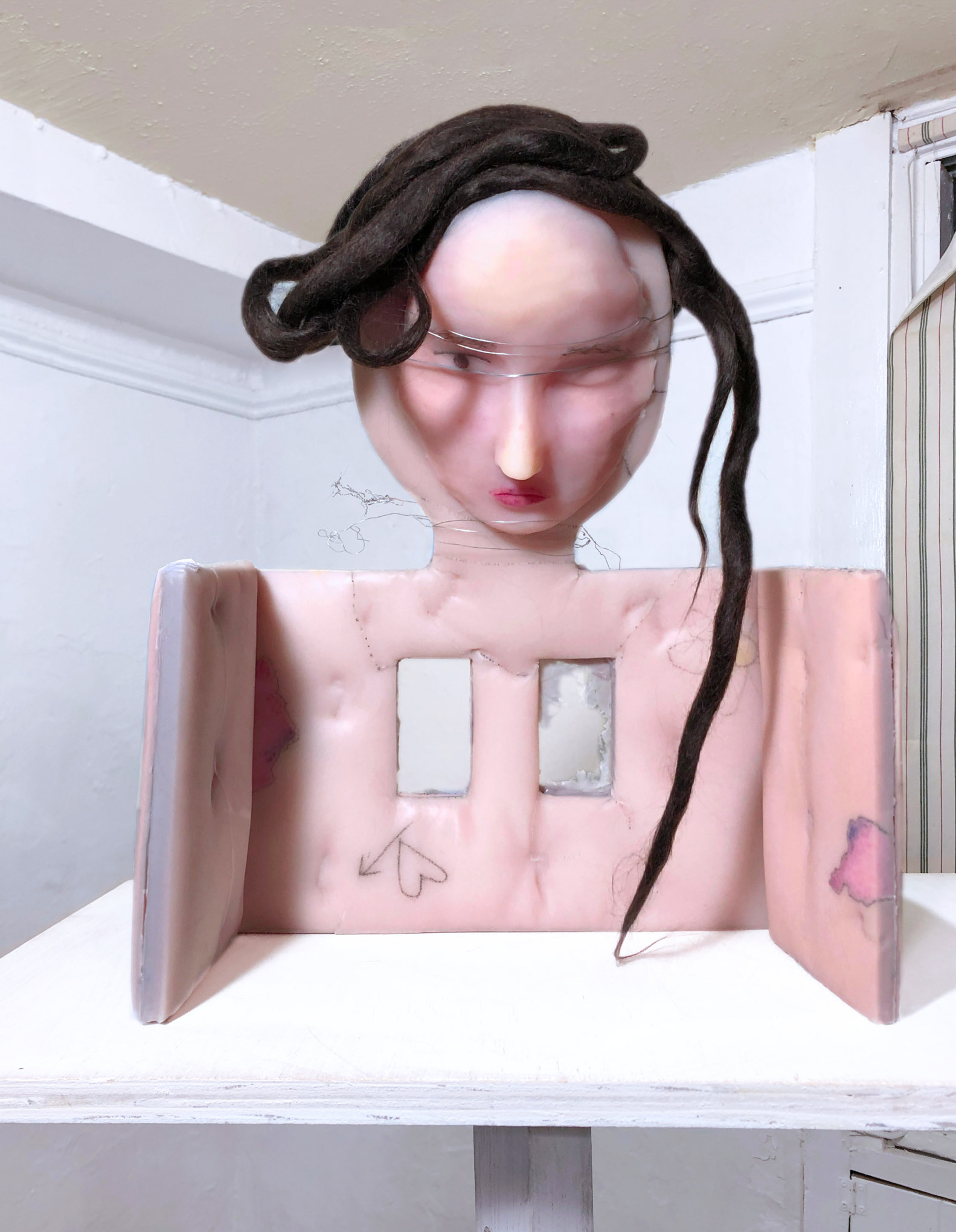
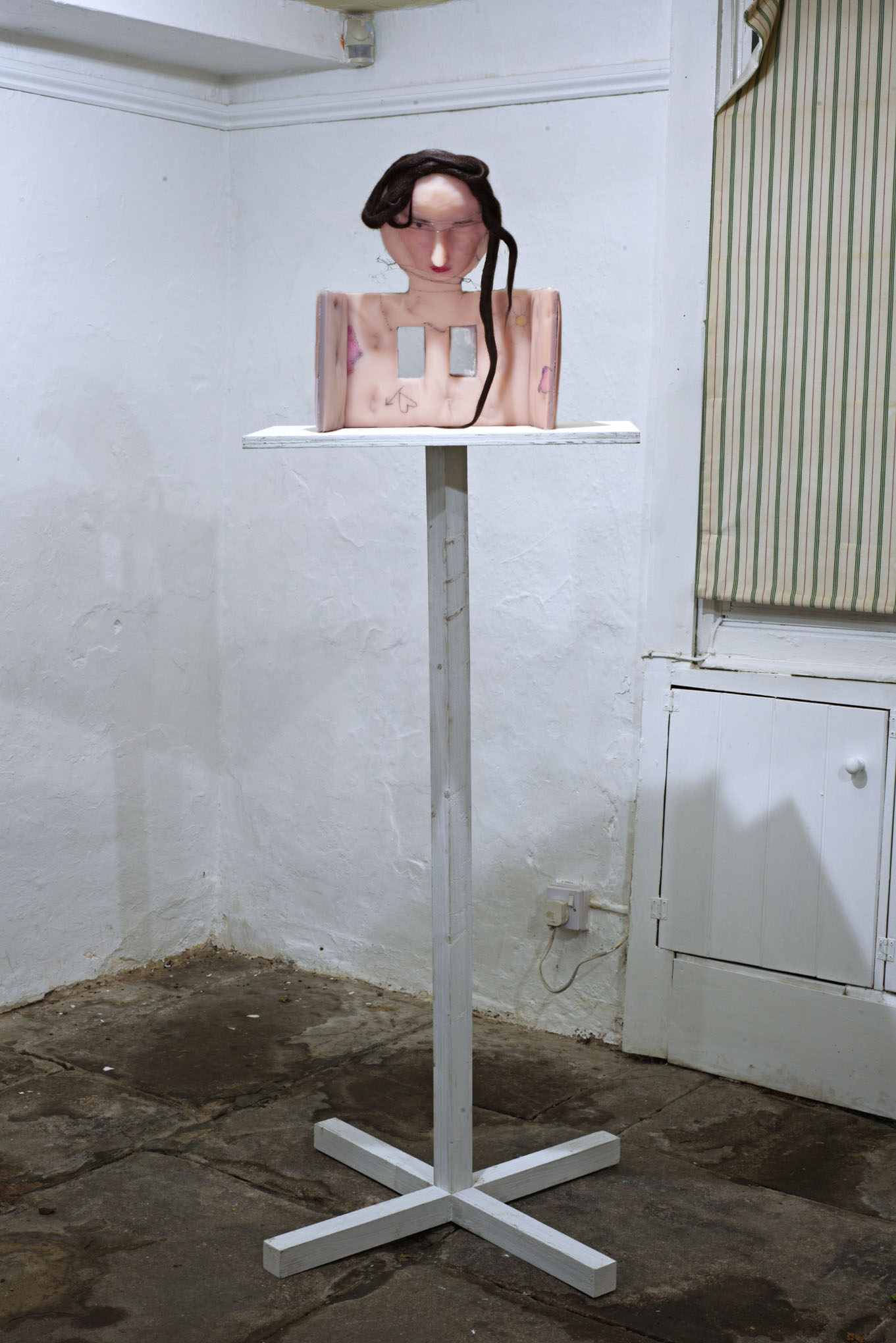
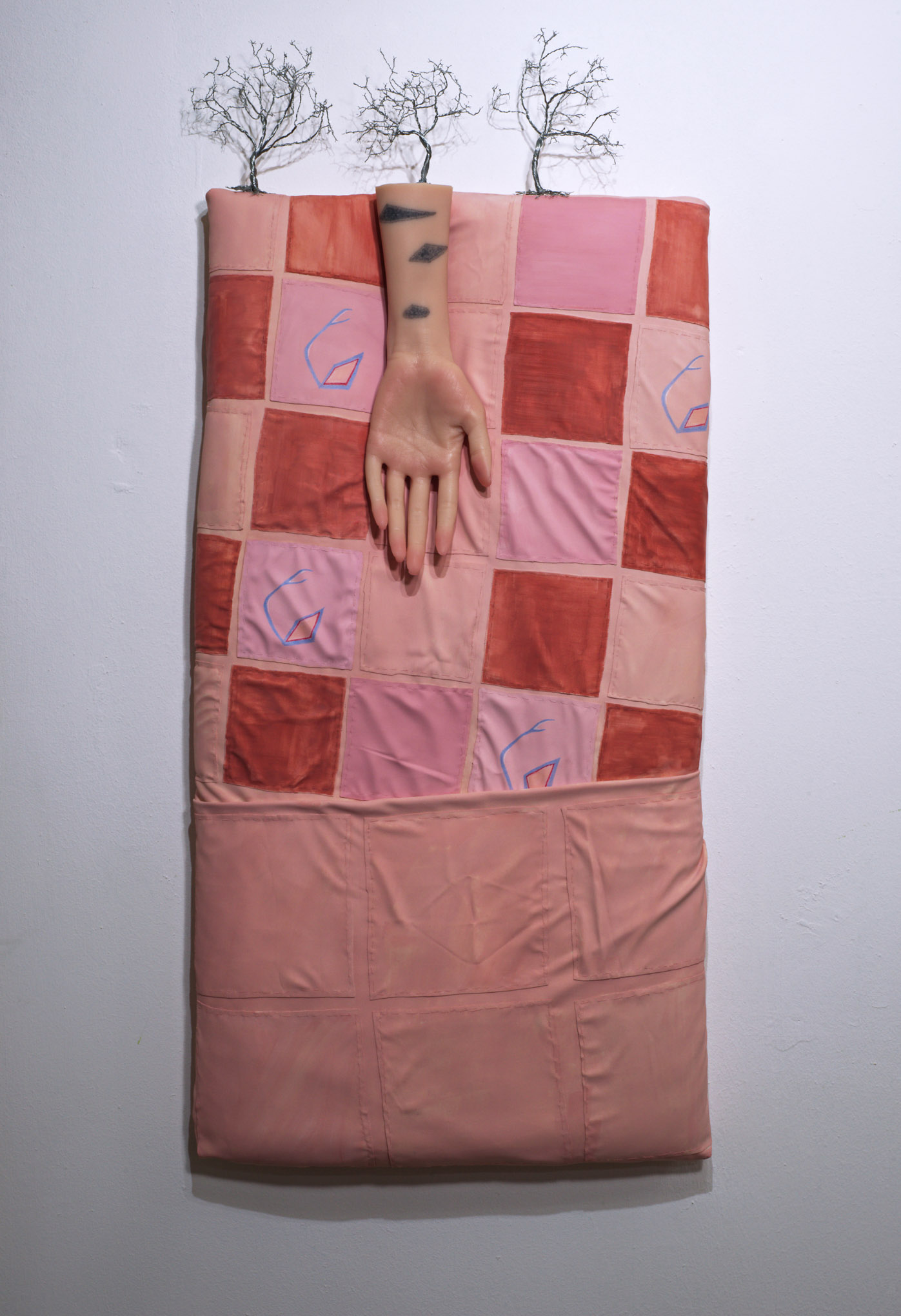
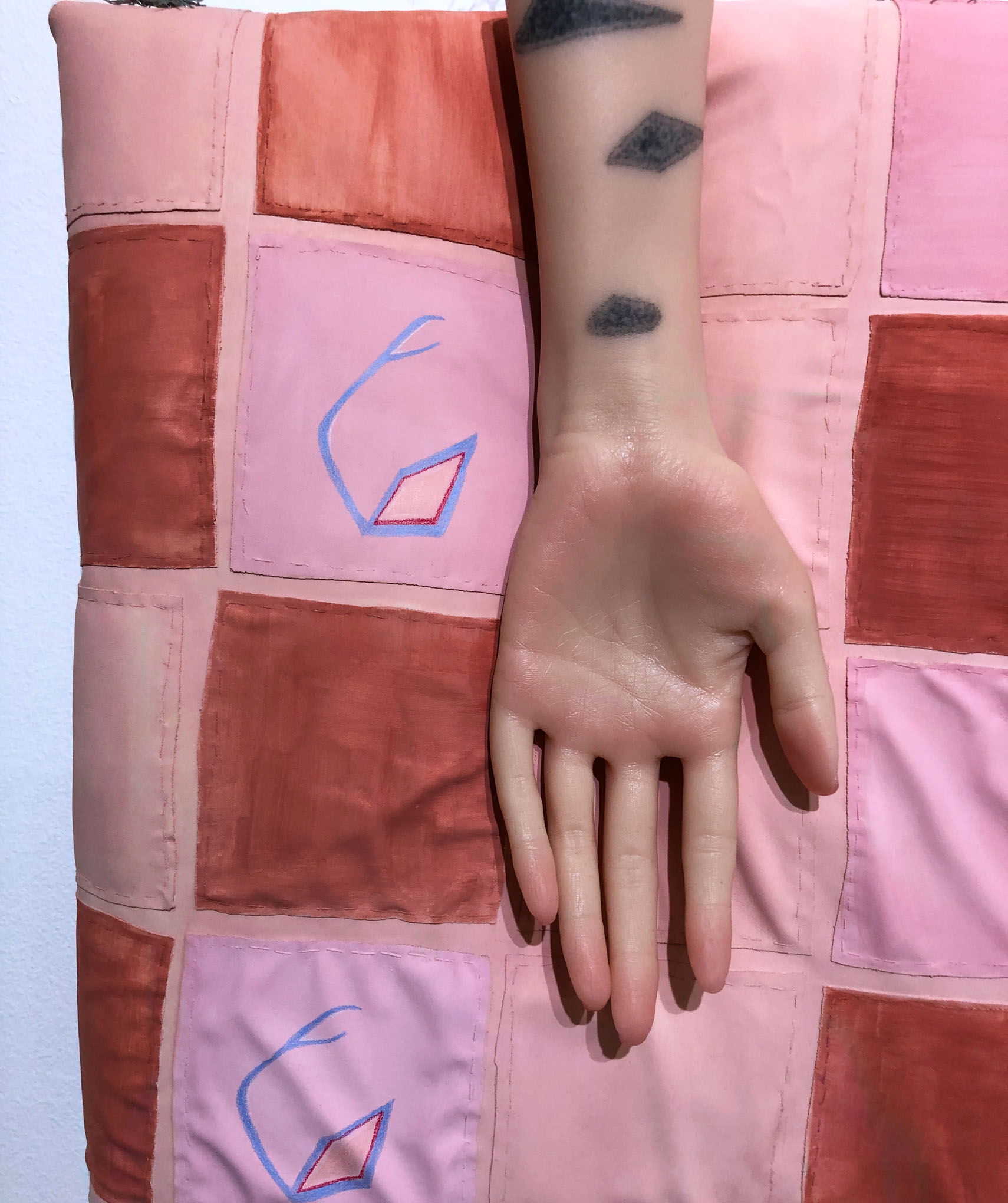
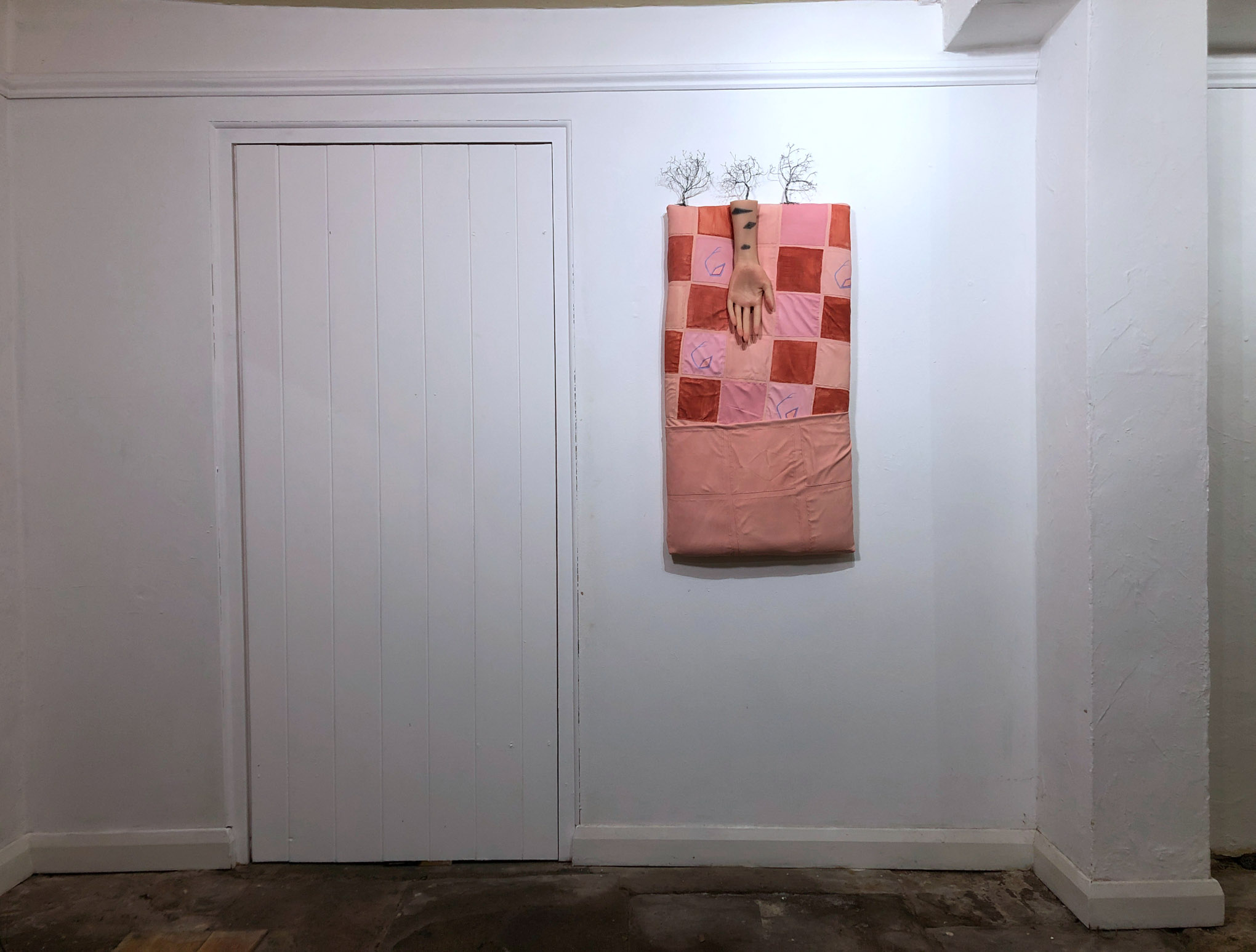
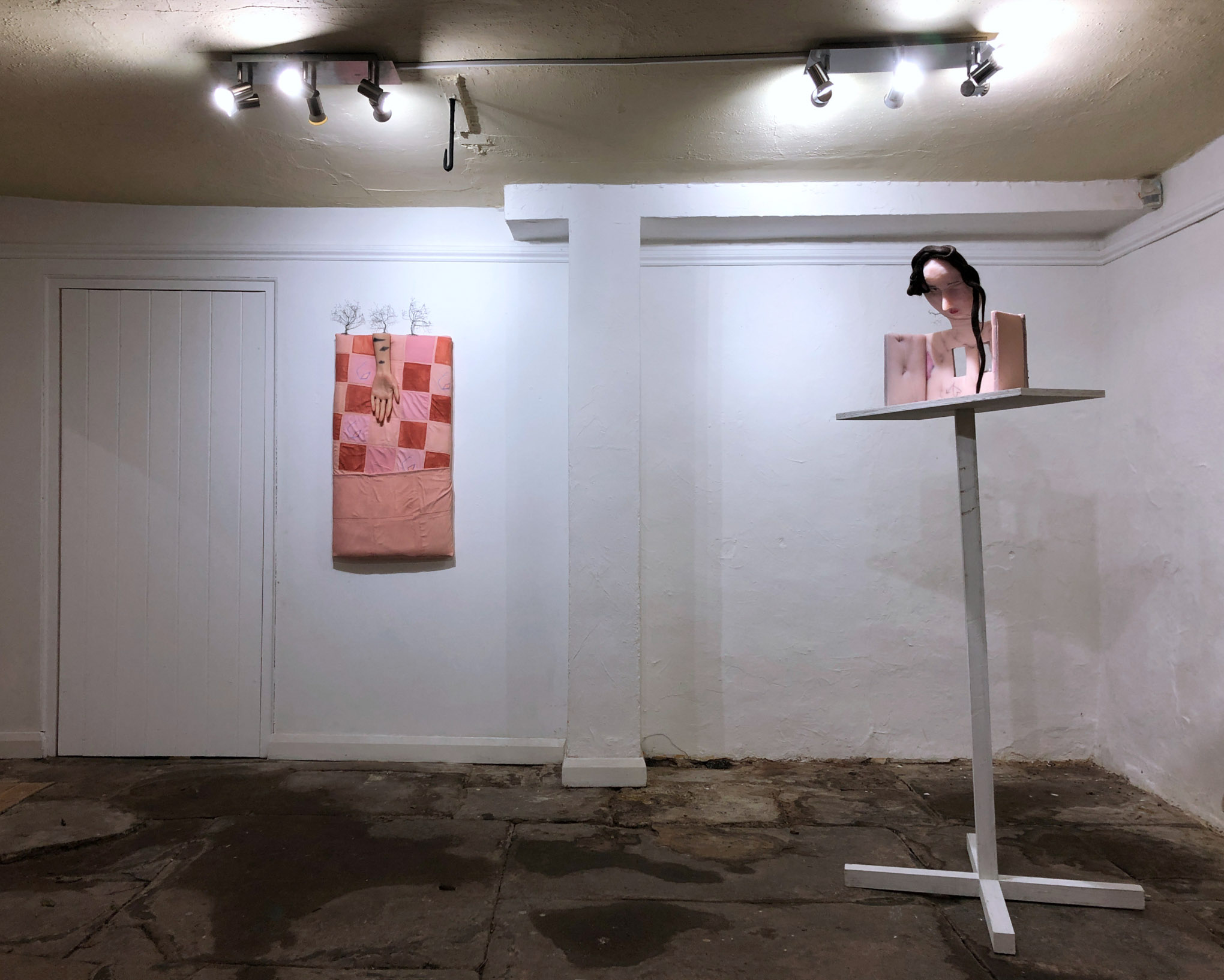


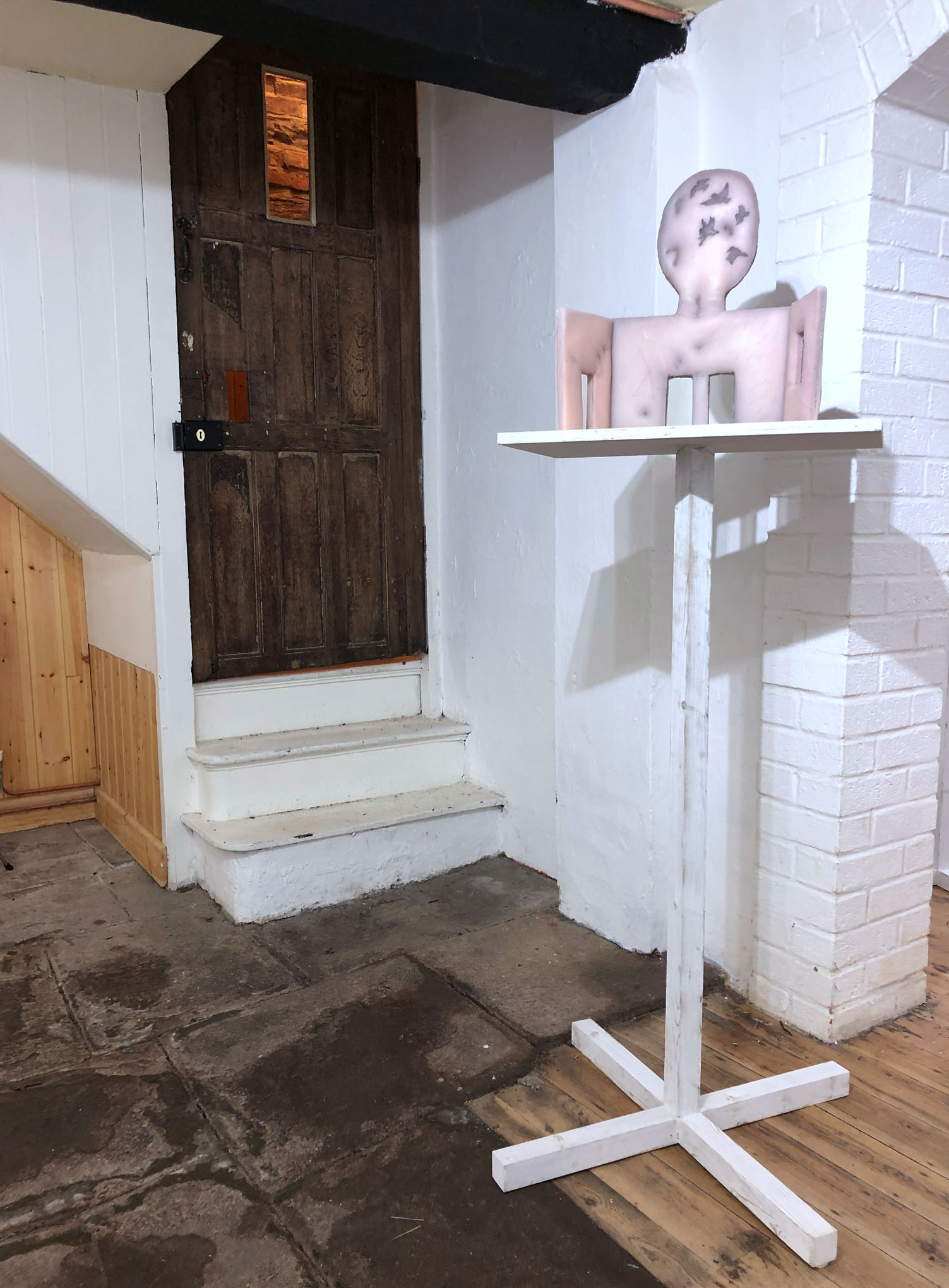
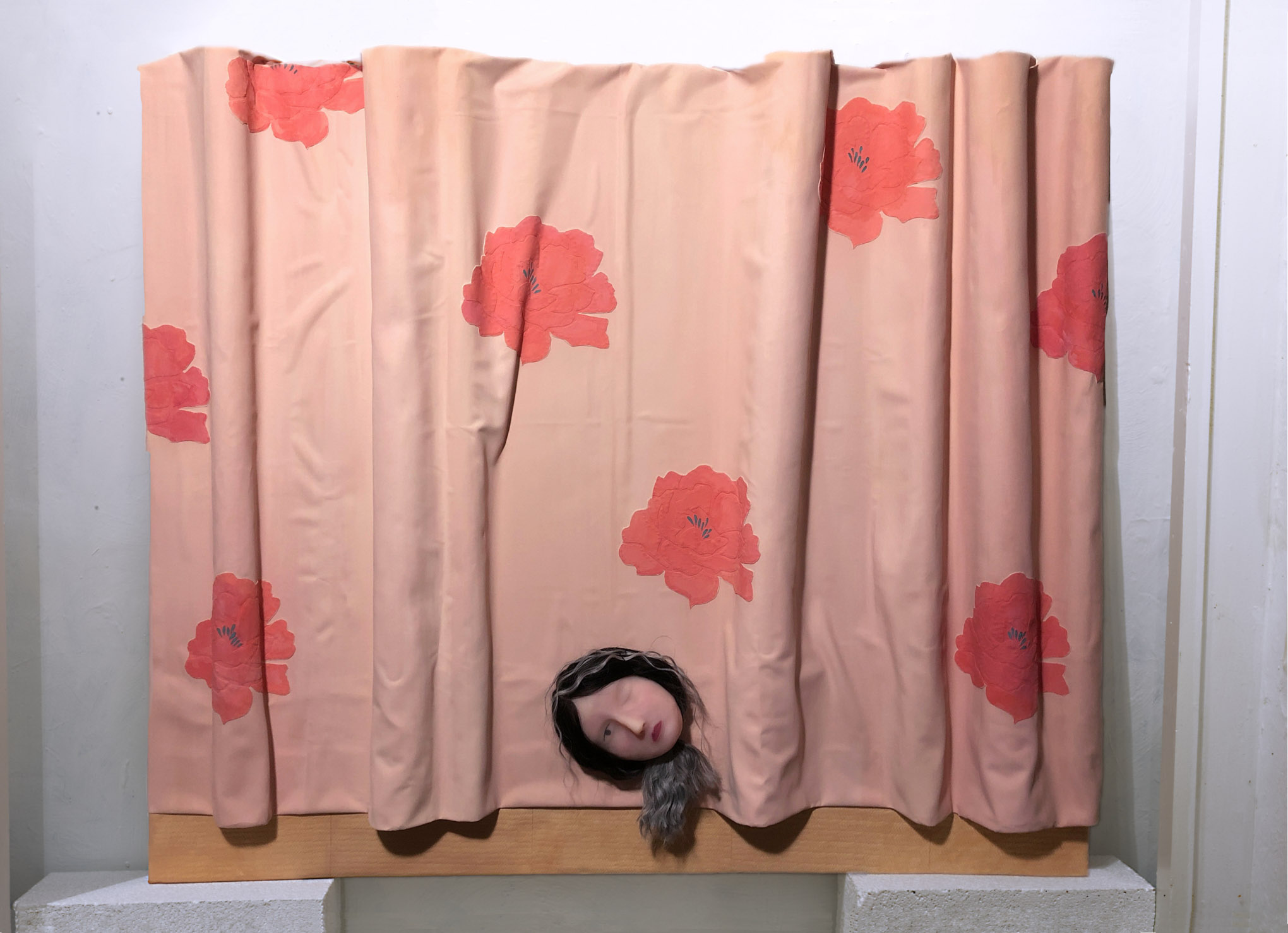

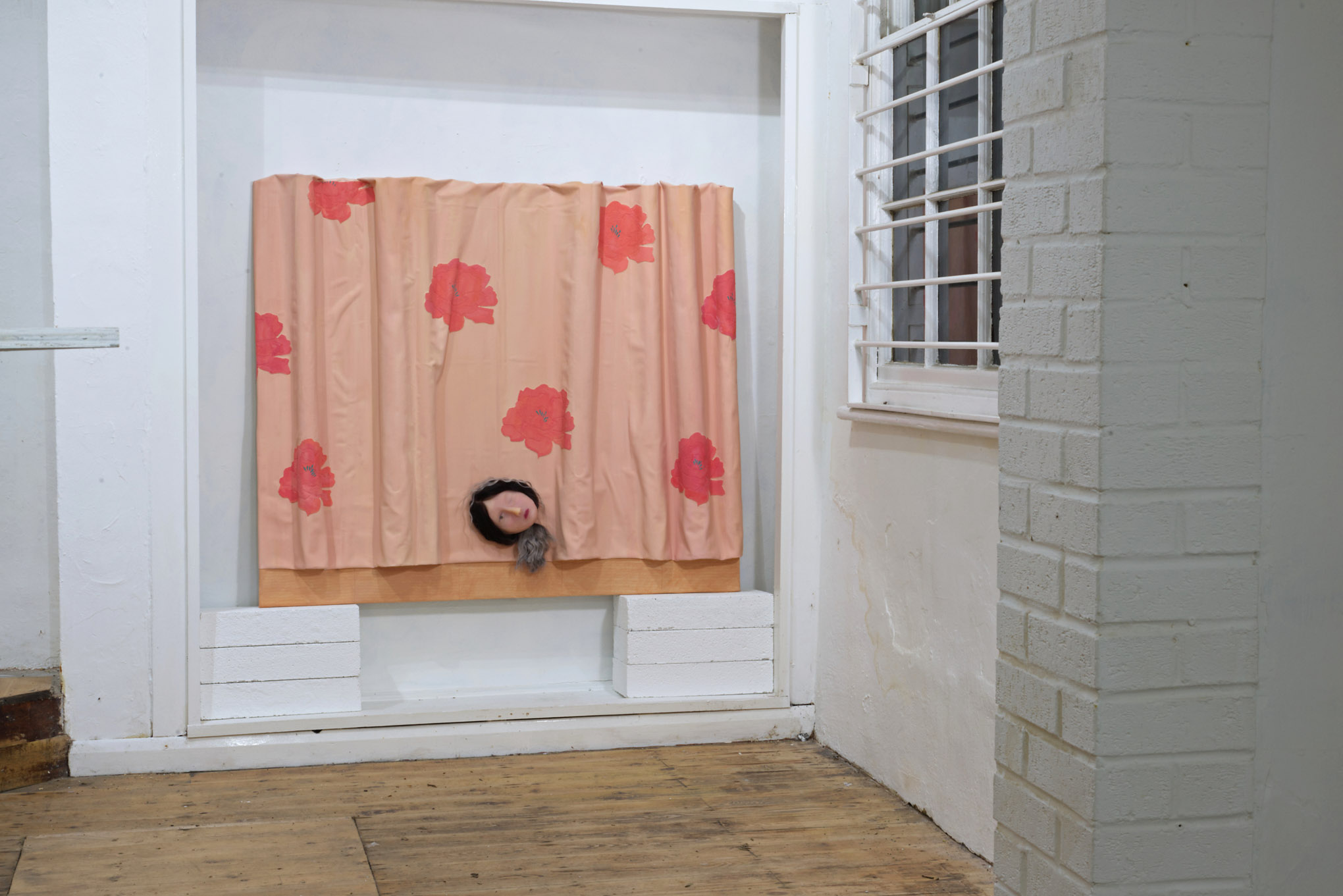


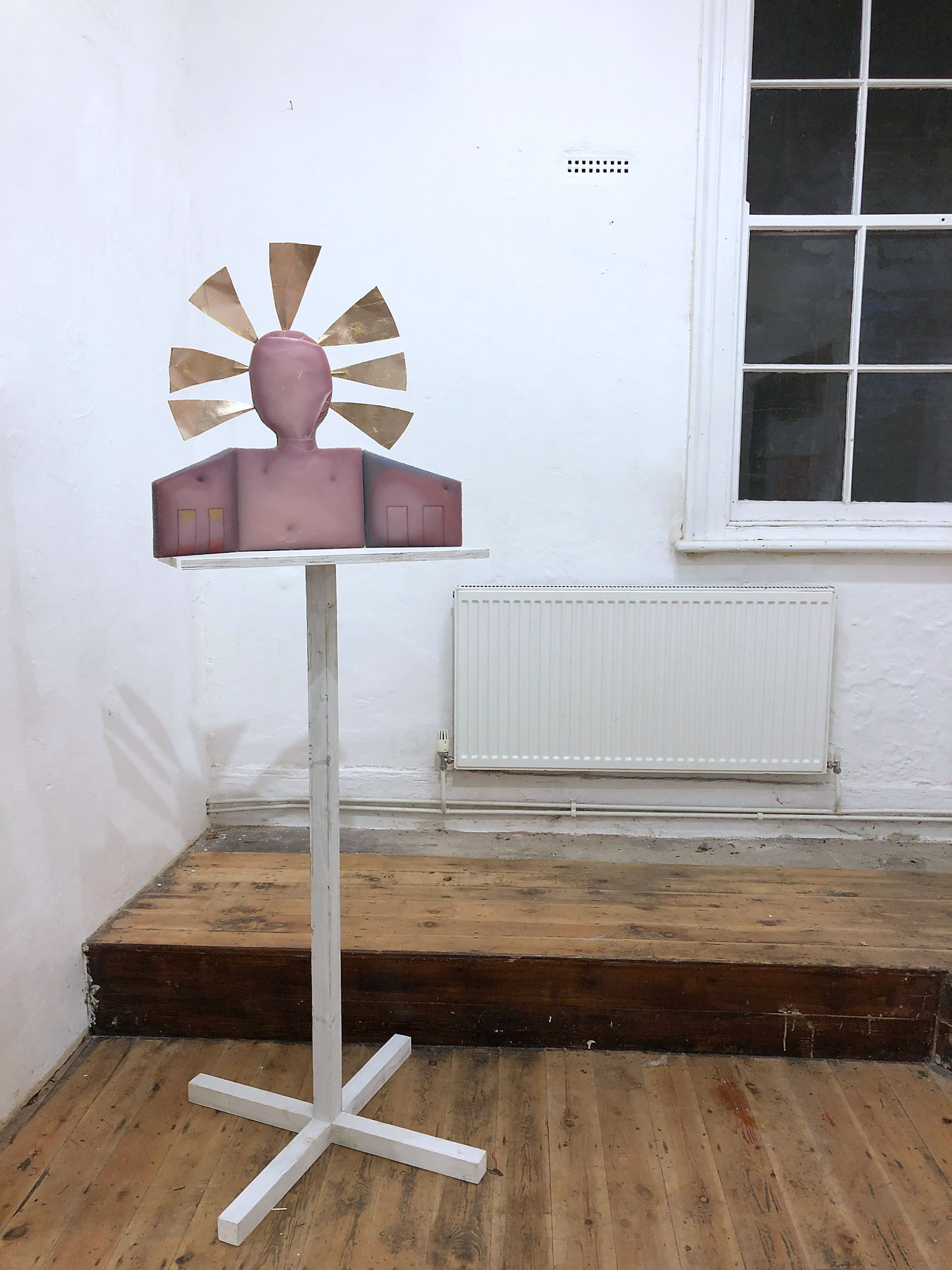
Poupak Sarah Shoughi
INSIDE OUT
In the classic horror genre, terror comes from outside. Here, horror comes from within. We are the unknown. We have universes inside that are a mystery and we live complacently with that - until that complacency is shattered. We live in the imagined certainty of an illusory solidity, of borders containing the inside and excluding the outside, of a coherence that makes sense, a configuration of limbs and organs that feels natural even as the word "natural" glosses over a complicated web of cultural assumptions and historically contingent beliefs. Skin is the boundary between the two.
Poupak Sarah Shoughi's work positions itself critically in these imagined islands of illusory safety, comprising of objects that exist in a fragile moment constantly at siege from without and within, always at risk of being overwhelmed by the forces of nature that see no ultimate difference between animal, person and thing. Birdfeeders comprises a series of sculptures mounted as if on bird tables at different heights and manifesting different levels of dissolution. They are both rooms and people, the walls textured like flesh. They appear as bodies that are disjointed and crudely arranged, in form and in title evoking an ambiguity. Do they feed on birds or do birds feed on them? The cycle of life is a constant changing pattern of consumption and the recycling of matter.
Our techno-industrial culture alienates us from our place in the natural world, distances us from our bodies, seduces us with its hubristic promise of a transcendence of the material. The work is a counterpoint to this messianic vision with its hubristic denial of entropy. Things fall apart. The body rots. The animate is transformed in death. This is not a tragic vision. Matter is reconfigured and recycled. Landscape with head is a portrait not the record of violence. There is no body behind the curtain: the curtains are the body, the flowers, organs. The woman is at peace. The poppies allude to the medication of pain, both physical and spiritual. The arm hints at the chaos of the inside bursting out, of the continuity of the roots of trees and the dendritic structures of our bodies. The natural world expands to include the observer who believes themselves to stand apart.
Each work alludes to the others, forming a continuity across them all, suggesting other possible reconfigurations. Forms hinting at islands on old maps decorate the flesh of one bird feeder. Just as the church of steel preaches the possibility of control over your own body if not over your own life, so too does the map promise control over the territory it covers. Shoughi's work participates in these promises while refusing to see tragedy in the possibility that they are hollow. There is beauty and peace in the chaos.